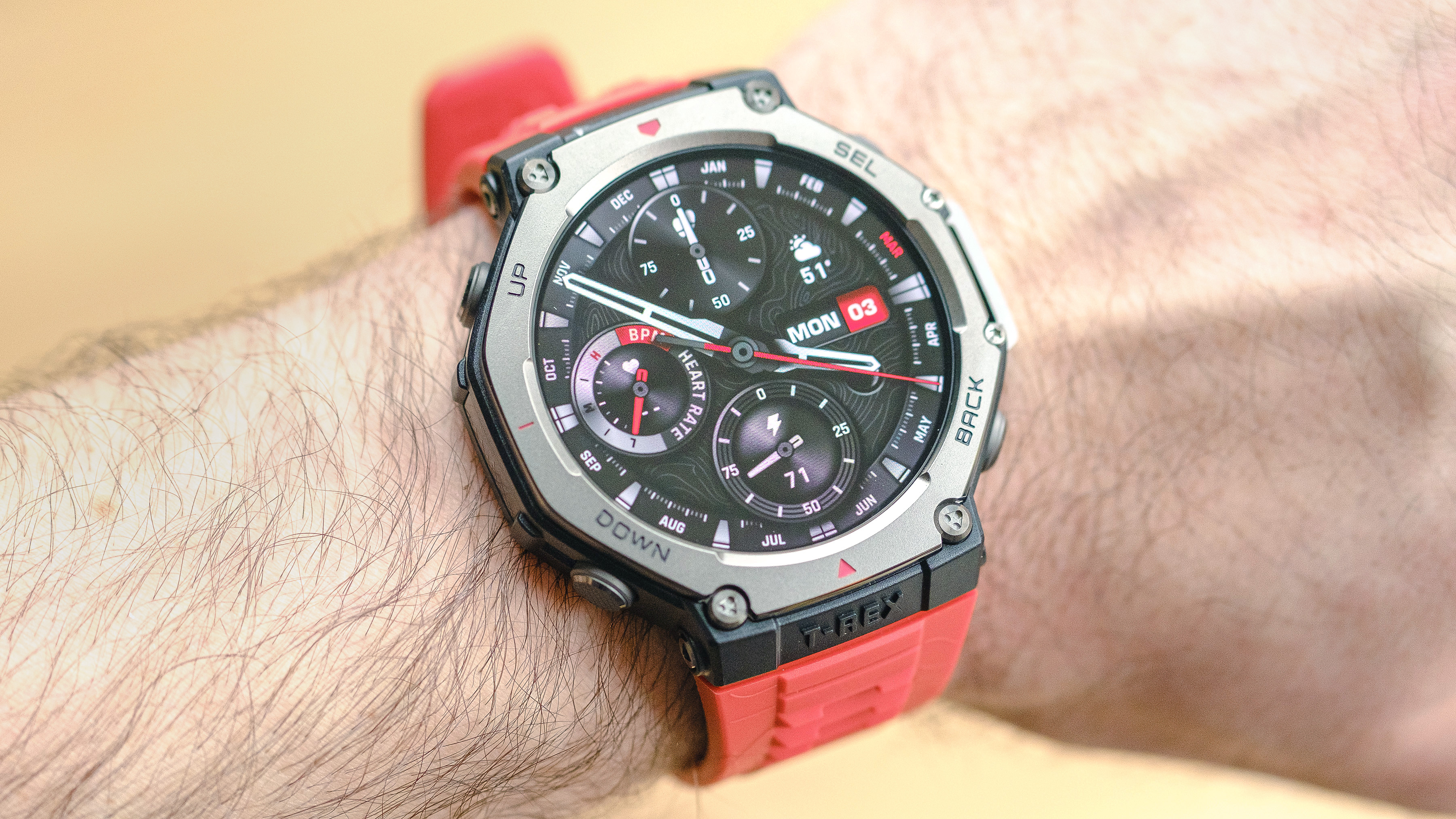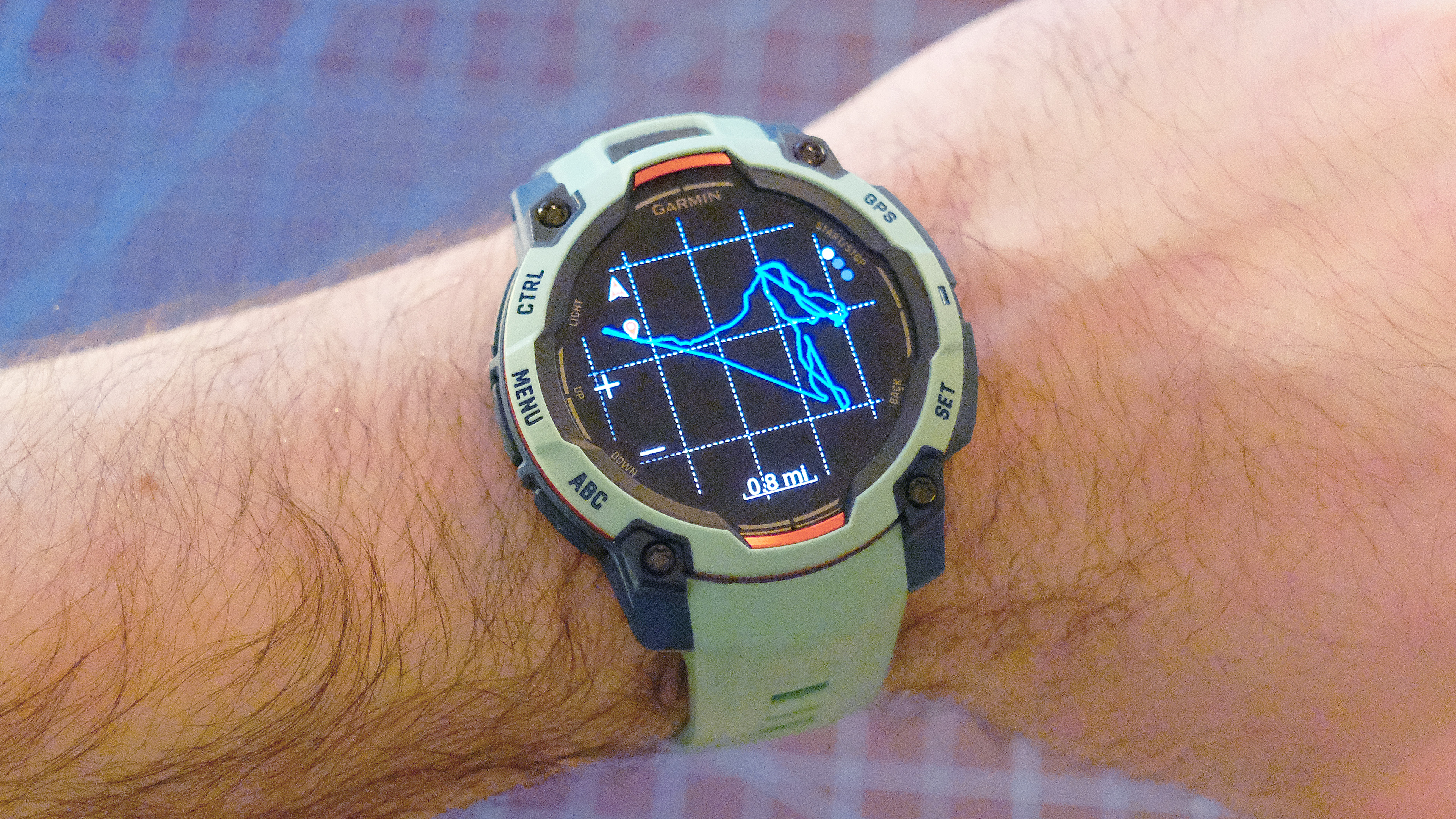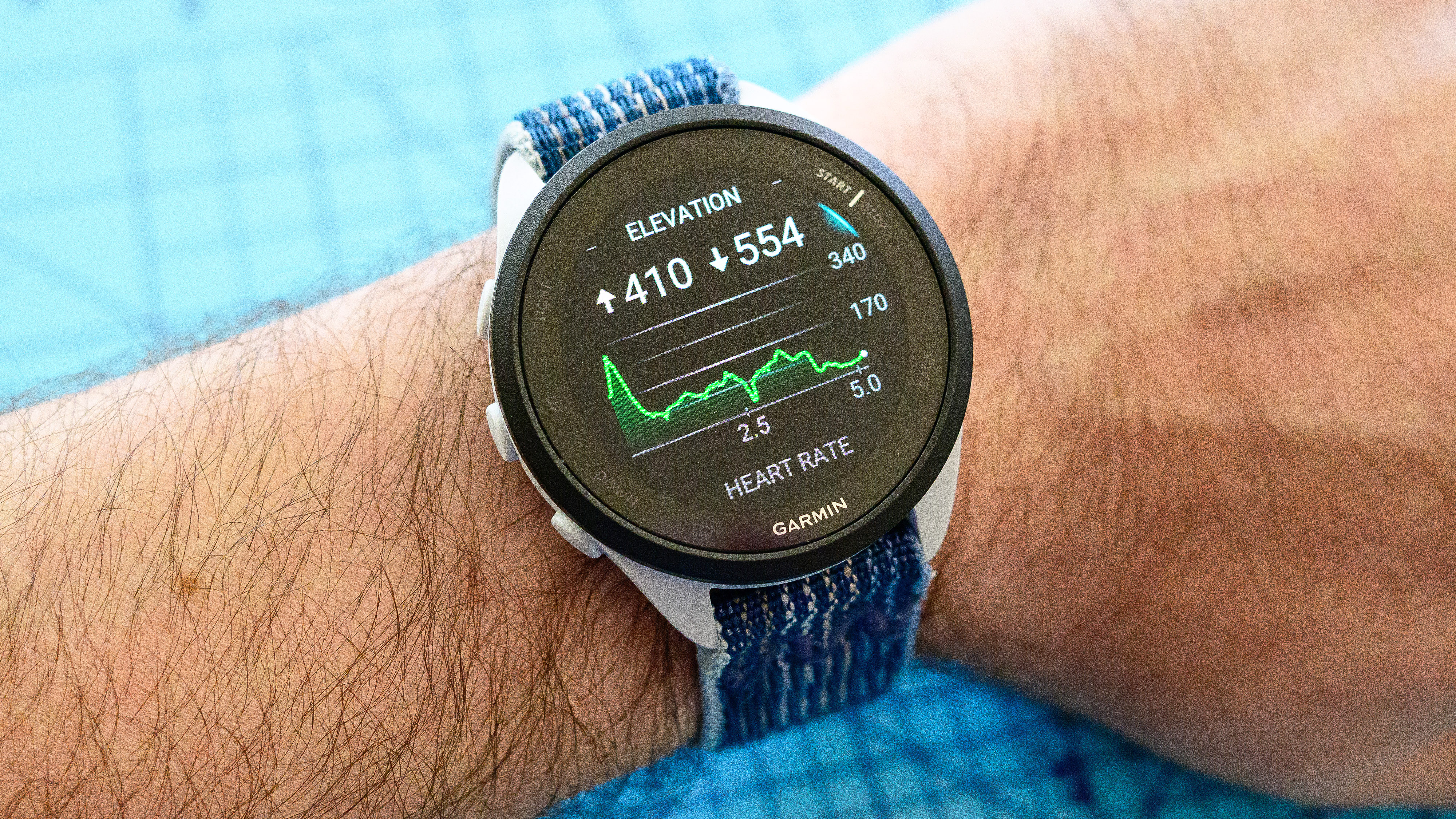How to choose a smartwatch for hiking — 5 things to look for
These features matter the most when you hike

I love to hike, and I also love testing the latest smartwatches. So naturally, I have some strong opinions on what makes the ultimate smartwatch for hikers.
Of course, if you’d rather physical product recommendations, check out my five favorite smartwatches for hiking round-up. That said, the five options in that piece are far from your only choices.
With so many models to choose from, ranging in price from less than $100 to more than $1,000, here are the five most important things to consider when shopping for the perfect smartwatch that will track your next hike like a champ.
1. Onboard GPS

The best smartwatches for hikes have onboard GPS. This means the watch tracks your location rather than piggybacking off your smartphone, which might have died 5 miles back at the bottom of your backpack.
Want the best GPS-tracking accuracy? Keep an eye out for smartwatches that boast dual- or multi-band GPS. In simple terms, the more bands, the more reliable and precise the tracking.
High-end smartwatches — like the Apple Watch Ultra 2 and Samsung Galaxy Watch Ultra — have dual-band, but you don’t need to spend big, big bucks on a device for top-notch GPS. The $399 Garmin Instinct 3 has multi-band, as does the $279 Amazfit T-Rex 3.
2. Long battery life

The one downside of onboard GPS is that it can be a major drain on battery life. This is why most smartwatch manufacturers list both a standard battery life rating, along with a separate rating for battery life when using GPS tracking.
Sign up to get the BEST of Tom's Guide direct to your inbox.
Get instant access to breaking news, the hottest reviews, great deals and helpful tips.
For example, the Apple Watch Series 10 is rated to last up to 18 hours under normal use but just 7 hours when using GPS to track an outdoor workout. In actuality, that’s likely closer to 6 hours. For this reason, the Series 10 likely wouldn’t be my top choice for an avid hiker.
The Apple Watch Ultra 2, on the other wrist, can last up to 12 hours with GPS tracking (longer in low-power mode, still with GPS). The Garmin Instinct 3 AMOLED, meanwhile, can GPS track for more than 24 hours on a single charge; the Instinct 3 Solar can track for a whopping 40 hours. The lighter, more affordable Garmin Forerunner 165 — a personal favorite of mine — can GPS track your adventures for up to 17 hours.
3. Onboard altimeter

The second most important onboard piece of tech you’ll want in a proper hiking smartwatch is an onboard altimeter to keep tabs on elevation changes. This is especially important when you’re hiking somewhere with lots of elevation gain, like the Cascade Mountains, where I live.
While devices without an altimeter or barometer to track elevation/pressure changes will still usually report ‘climb’ data for your hike, in my experience and testing, these metrics often need to be taken with a grain of salt because they aren’t super precise.
4. A bright screen and durable design

One of my favorite things about rocking a smartwatch while hiking is being able to check in on our stats on the fly, mid-trek. Of course, a bright screen, preferably AMOLED, is a must if you want to be able to read your watch’s screen in direct sunlight without some serious squinting.
The crème de la crème of bright and beautiful smartwatch displays are on devices like the Apple Watch Ultra 2 and Samsung Galaxy Watch Ultra, but even sub-$100 smartwatches boast impressive screens in 2025, including the Amazfit Active 2.
Durability is another factor worth considering, especially if you’re like me and prone to bumping and scraping your wearables against everything from car doors to rocks. While most modern smartwatches have scratch and shatter-resistant glass protecting their displays, devices like the Instinct 3, T-Rex 3 and Galaxy Watch Ultra have the added protection of an oversized bezel.
5. Support for offline maps (optional)

Many of the highest-end outdoor adventure smartwatches feature the ability to save map regions for offline navigation when you’re off-the-grid/outside of cell range.
Garmin and Polar’s offline maps are the gold standard when it comes to ease of use, in my experience, with turn-by-turn directions, topographic maps and points of interest marked. However, Garmin saves the feature for only the brand’s highest-end models, like the Fenix and Enduro Series, which will both set you back a pretty penny.
Polar makes the barrier to entry a bit more reasonable. The Polar Vantage M3 has offline maps and starts at around $400.
Budget-friendly models like the $99 Amazfit Active 2 and T-Rex 3 also offer support for offline maps, but the user interface is a bit rough around the edges, and the usability is nowhere near as good as Garmin’s or Polar’s.
More from Tom's Guide:

Dan Bracaglia is the Tom’s Guide editorial lead for all things smartwatches, fitness trackers and outdoor gear. With 15 years of experience as a consumer technology journalist testing everything from Oura Rings to instant cameras, Dan is deeply passionate about helping readers save money and make informed purchasing decisions. In the past year alone, Dan has assessed major product releases from the likes of Apple, Garmin, Google, Samsung, Polar and many others.
An avid outdoor adventurer, Dan is based in the U.S. Pacific Northwest where he takes advantage of the beautiful surroundings every chance he gets. A lover of kayaking, hiking, swimming, biking, snowboarding and exploring, he also makes every effort to combine his day job with his passions. When not assessing the sleep tracking and heart rate accuracy of the latest tach gadgets, you can find him photographing Seattle’s vibrant underground music community.
You must confirm your public display name before commenting
Please logout and then login again, you will then be prompted to enter your display name.
